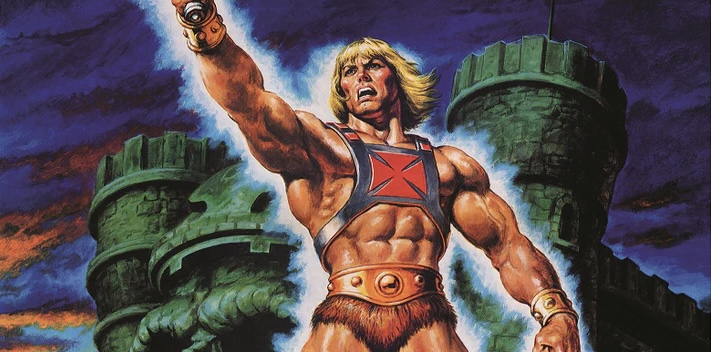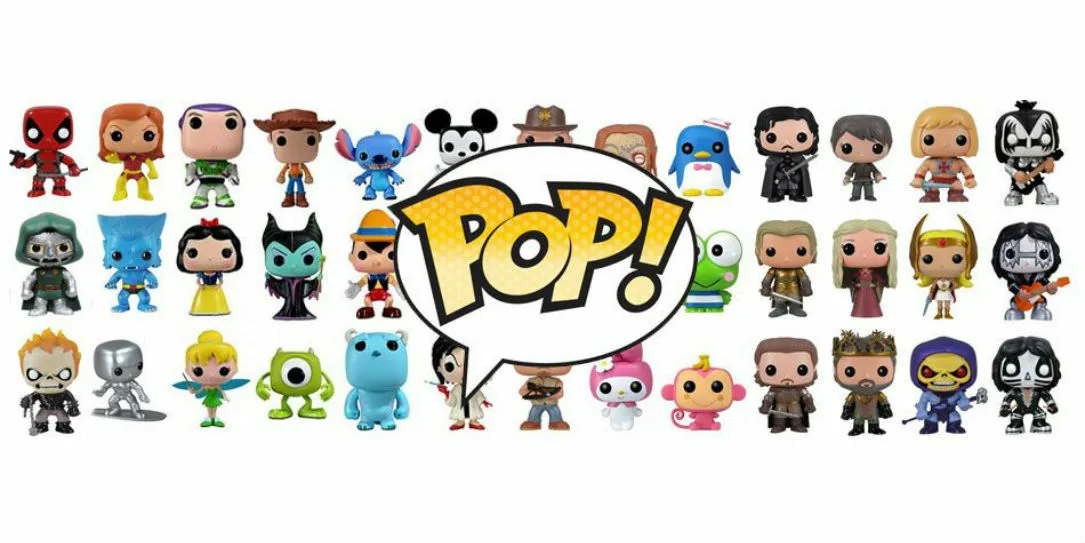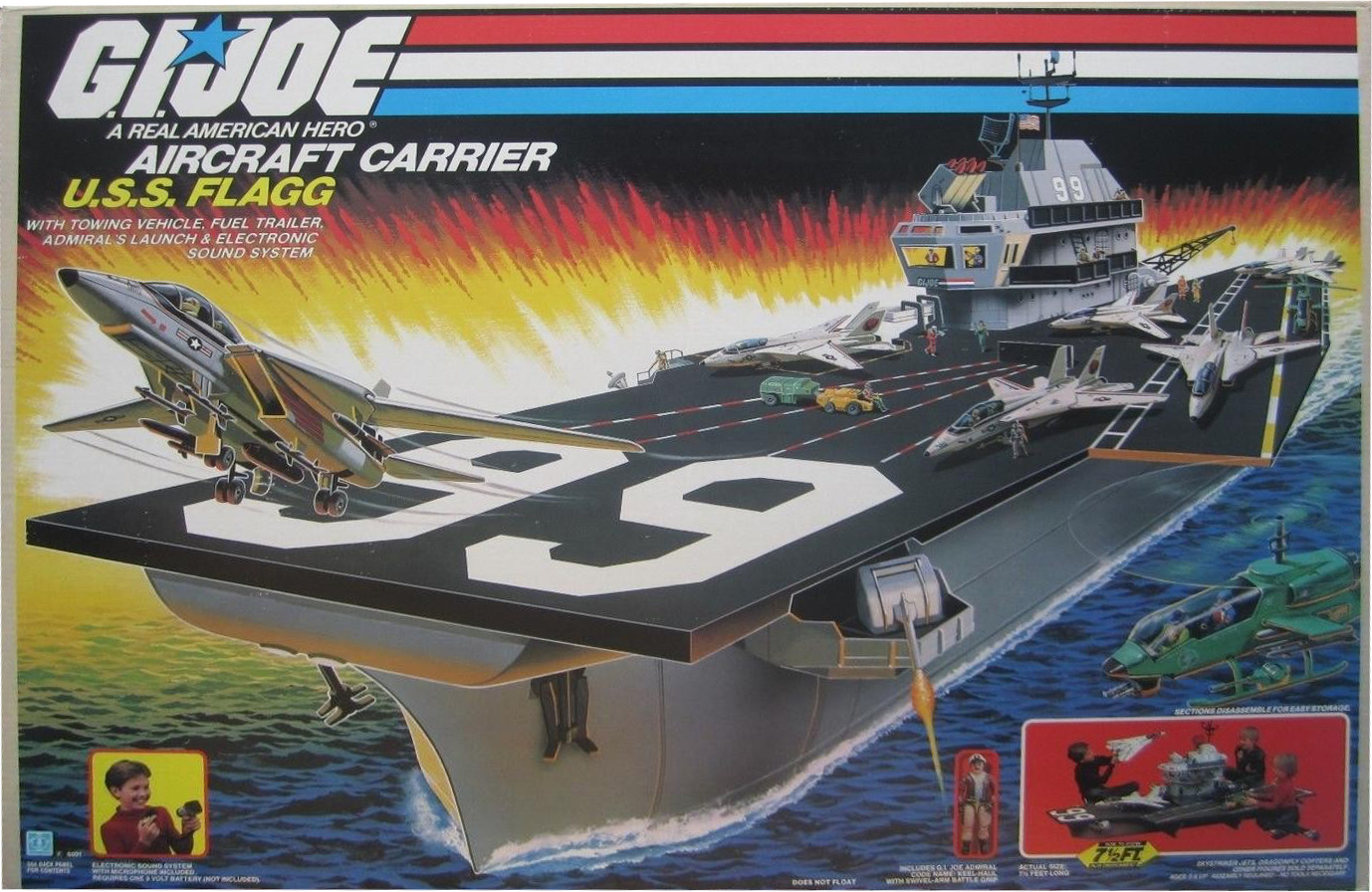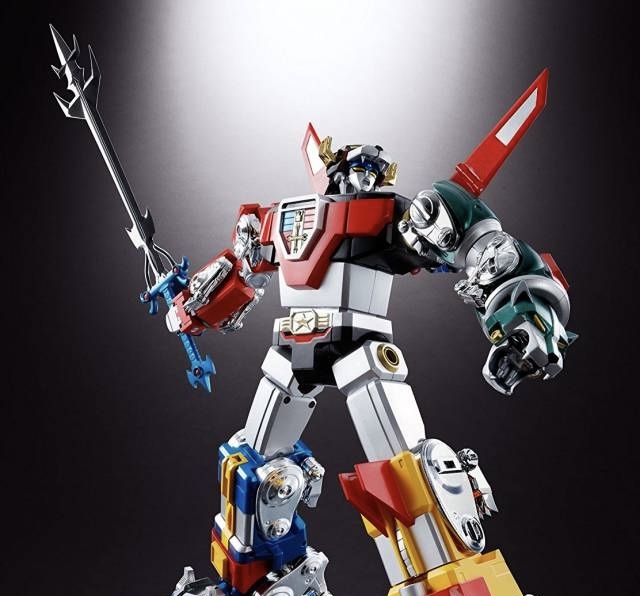He-Man: Masters of the Universe is more than just a popular franchise from the 1980s; it’s a cultural phenomenon that has endured for decades, capturing the imaginations of children and adults alike. From its origins as a toy line to its impact on popular culture and its continued relevance today, He-Man has carved out a unique and lasting legacy.

He-Man: Masters of the Universe originated in the early 1980s as a toy line created by Mattel. In the late 1970s, Mattel had missed out on the lucrative Star Wars toy license, which had gone to Kenner Products. Determined not to let another opportunity slip through their fingers, Mattel sought to create their own successful toy line. The result was He-Man, a line of action figures that would come to dominate the market.
The initial concept for He-Man was born from the creative minds at Mattel, particularly Roger Sweet, a lead designer who presented the idea of a muscular, sword-wielding hero named He-Man. The character was designed to appeal to young boys with his heroic physique and the promise of epic adventures. The toy line debuted in 1982 and quickly became a massive hit, thanks in part to its innovative marketing strategies.

One of the key factors in He-Man’s success was the accompanying animated television series. Produced by Filmation, He-Man and the Masters of the Universe premiered in 1983. The series followed the adventures of Prince Adam, who transforms into He-Man, the most powerful man in the universe, to defend the magical land of Eternia from the evil sorcerer Skeletor and his minions.
The animated series was groundbreaking in several ways. It was one of the first shows created specifically to promote a toy line, and it introduced a new model for children’s entertainment that combined action, adventure, and moral lessons. Each episode typically ended with a message or lesson for young viewers, reinforcing positive values and behaviors.
The success of the original toy line and animated series led to the expansion of the Masters of the Universe universe. Mattel introduced new characters, vehicles, and playsets to keep the line fresh and exciting. The franchise also expanded into comic books, produced by DC Comics and later by Marvel’s Star Comics imprint, further fleshing out the lore and adventures of He-Man and his allies.

In 1985, a spin-off series called She-Ra: Princess of Power was introduced, featuring He-Man’s sister Adora, who transforms into the powerful heroine She-Ra. This series aimed to appeal to girls while maintaining the same action-packed storytelling and moral lessons that made He-Man so popular.
He-Man quickly became an iconic figure for children of the 1980s. His image, with the distinctive blonde bob haircut, muscular build, and iconic harness and sword, became instantly recognizable. The catchphrase “I have the power!” became a rallying cry for young fans who idolized the character’s bravery and strength.
The show’s influence extended beyond just entertainment. It shaped the way many children viewed heroism, friendship, and the battle between good and evil. He-Man’s moral lessons resonated with young viewers, teaching them the importance of courage, honesty, and helping others.

The success of the He-Man franchise extended far beyond toys and television. A wide range of merchandise was produced, including clothing, lunchboxes, bed sheets, and even a feature film. In 1987, Masters of the Universe, a live-action film starring Dolph Lundgren as He-Man and Frank Langella as Skeletor, hit theaters. While the film received mixed reviews and was a box office disappointment, it further cemented He-Man’s place in popular culture.
The franchise also spawned video games, board games, and other interactive media, allowing fans to engage with the characters and stories in new ways. The breadth and variety of He-Man-related products and media ensured that the brand remained visible and relevant throughout the 1980s and beyond.
One of the key reasons for He-Man’s enduring popularity is the powerful sense of nostalgia it evokes for those who grew up during its initial run. As these fans have grown older, they have retained a fondness for the characters and stories that captivated them as children. This nostalgia has driven demand for He-Man merchandise, including retro-style action figures, clothing, and collectibles.

In recent years, the franchise has experienced a resurgence in popularity thanks to various revival efforts. In 2002, a new animated series, He-Man and the Masters of the Universe, premiered, reimagining the original story with updated animation and storytelling. This series introduced He-Man to a new generation of viewers while appealing to longtime fans with its faithful homage to the original.
The most significant revival came in 2021 with the release of Masters of the Universe: Revelation, a Netflix animated series produced by Kevin Smith. This series picks up where the original 1980s show left off, providing a continuation of the story with a darker and more mature tone. Revelation was well-received by fans and critics alike, praised for its animation, voice acting, and storytelling.
In addition to Revelation, another Netflix series titled He-Man and the Masters of the Universe was launched in 2021. This series offers a fresh take on the classic characters and mythology, targeting a younger audience with its vibrant animation and contemporary storytelling.

The enduring appeal of He-Man can also be attributed to the strong sense of community among its fans. He-Man conventions, fan clubs, and online forums have kept the spirit of the franchise alive, allowing fans to connect, share their collections, and discuss their favorite episodes and characters. This sense of community has helped maintain interest in He-Man and ensure that it remains a beloved part of popular culture.
The timeless themes and messages of He-Man contribute to its lasting relevance. The battle between good and evil, the importance of bravery and integrity, and the value of friendship and teamwork are universal concepts that continue to resonate with audiences of all ages. He-Man’s positive influence on young viewers, encouraging them to strive for excellence and stand up for what is right, remains as important today as it was in the 1980s.
He-Man: Masters of the Universe is more than just a product of the 1980s; it is a cultural touchstone that has left an indelible mark on popular culture. From its origins as a toy line to its expansion into animated series, comic books, and beyond, He-Man has captured the hearts and imaginations of generations of fans. Its enduring popularity is a testament to the strength of its characters, the quality of its storytelling, and the timeless nature of its themes.
As He-Man continues to evolve with new adaptations and revivals, it remains a powerful symbol of heroism and adventure. Whether you are a longtime fan or a newcomer to the world of Eternia, the legacy of He-Man: Masters of the Universe is one that continues to inspire and entertain, proving that the power of Grayskull is as potent as ever.




